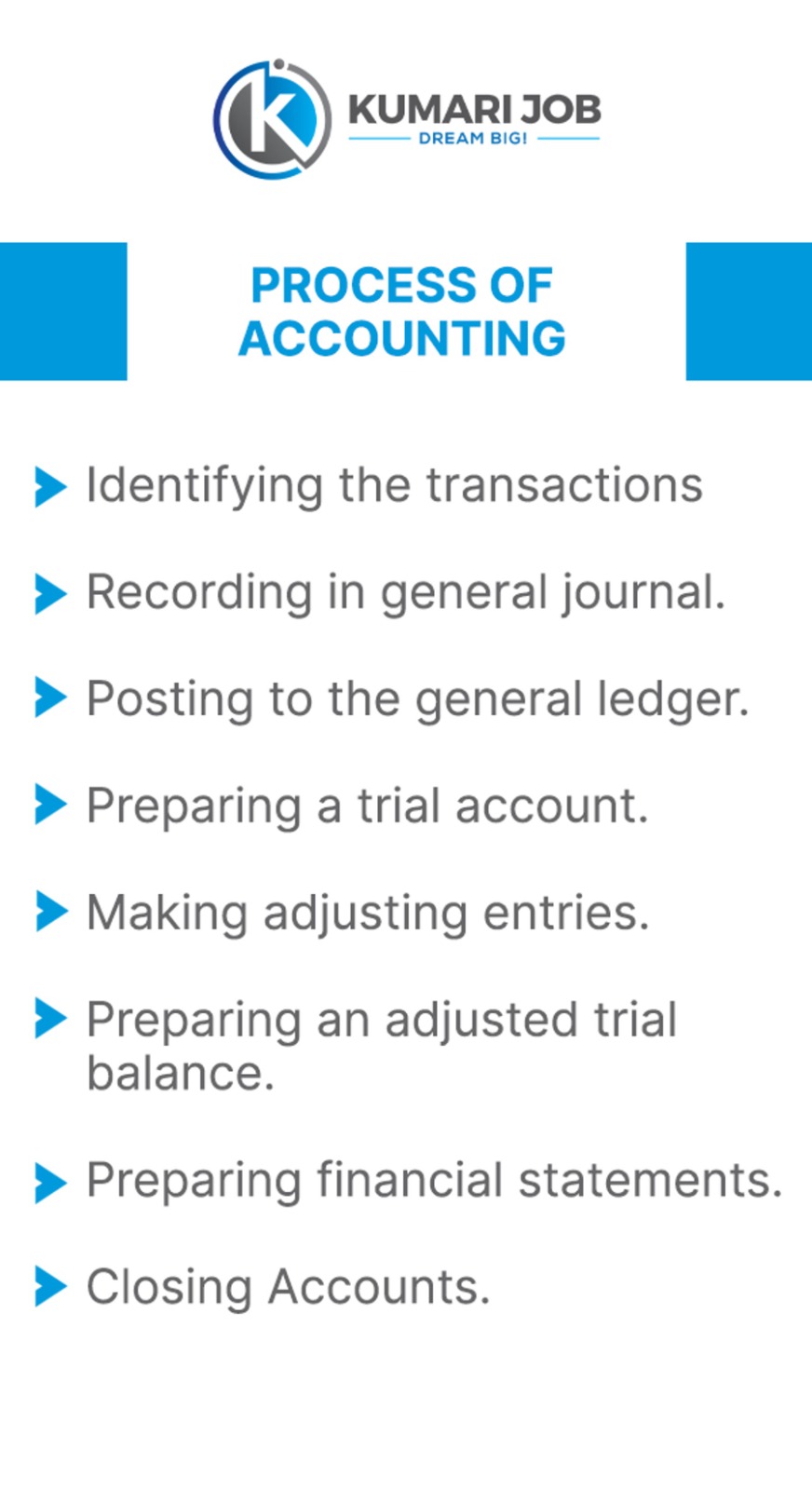Introduction
Advanced accounting involves analysing financial data more deeply, dealing with complex transactions, and using specialised techniques to prepare detailed reports. It's like moving from addition and subtraction to more challenging math problems involving multiplication and division. Advanced accounting is a more complex area of accounting theory. It is no longer accounting basics, where double entry principles, debits and credits, accounting equations, and other simple accounting topics are covered and explained. Advanced financial accounting incorporates accounting theory and more complex practices to help companies plan and report their activities. It can include concepts like partnerships, consolidation, and foreign currency transactions.
Importance of advanced accounting in business:
Financial statement analysis involves comprehending the information in various financial statements to assess a company's financial health and performance.
1. Balance Sheet Analysis: This entails examining a company's assets, liabilities, and equity to evaluate its financial position at a specific time. It helps in understanding the company's liquidity, solvency, and overall financial stability.
2. Income Statement Analysis: This involves analysing a company's revenue, expenses, and profitability over a specific period. It helps in assessing the company's operational efficiency, profit margins, and trends in revenue generation.
3. Cash Flow Statement Analysis: This focuses on evaluating the sources and uses of cash within a company during a particular period. It helps in understanding the company's ability to generate cash, manage its liquidity, and meet its financial obligations.
Insights and supportive analysis:
1. Enhanced Financial Analysis: Advanced accounting allows businesses to conduct a more thorough analysis of their financial data, enabling them to identify trends, assess performance, and make informed decisions.
2. Accurate Financial Reporting: With advanced accounting practices, businesses can ensure the accuracy and compliance of their financial reports, meeting regulatory requirements and maintaining transparency for stakeholders.
3. Effective Risk Management: Advanced accounting techniques help businesses identify and mitigate financial risks by providing detailed insights into cash flow management, debt structure, and asset valuation.
4. Facilitates Strategic Planning: Advanced accounting enables businesses to develop more effective strategic plans and allocate resources efficiently by providing deeper insights into financial performance and trends.
5. Supports Investor Confidence: Accurate and transparent financial reporting, facilitated by advanced accounting, helps build trust and confidence among investors, lenders, and other stakeholders, enhancing the company's reputation and attractiveness for investment.
6. Compliance with International Standards: As businesses operate in a globalised environment, advanced accounting practices ensure compliance with international accounting standards, facilitating comparisons with industry peers and enhancing credibility in the global market.
7. Optimizes Tax Planning: Advanced accounting allows businesses to optimise tax planning strategies, minimising tax liabilities while maximising tax benefits and incentives within legal frameworks.
In summary, advanced accounting is critical in providing businesses with the tools and insights to manage their finances effectively, mitigate risks, make informed decisions, and drive sustainable growth in today's complex business environment.
Understanding Financial Statements Analysis
1. Balance Sheet Analysis: This entails examining a company's assets, liabilities, and equity to evaluate its financial position at a specific time. It helps in understanding the company's liquidity, solvency, and overall financial stability.
2. Income Statement Analysis: This involves analysing a company's revenue, expenses, and profitability over a specific period. It helps in assessing the company's operational efficiency, profit margins, and trends in revenue generation.
3. Cash Flow Statement Analysis: This focuses on evaluating the sources and uses of cash within a company during a particular period. It helps in understanding the company's ability to generate cash, manage its liquidity, and meet its financial obligations.
Analysing various financial ratios
The analysis of various financial ratios is given below:
1. Liquidity Ratios: These ratios assess a company's ability to meet its short-term financial obligations. Common liquidity ratios include the current and quick ratios, which measure the company's ability to cover its current liabilities with its current assets.
2. Profitability Ratios: Profitability ratios evaluate a company's ability to generate profits relative to its revenue, assets, and equity. Examples include the gross profit margin, net profit margin, return on assets (ROA), and return on equity (ROE).
3. Efficiency Ratios: Efficiency ratios measure how effectively a company uses resources to generate revenue and manage its assets. Examples include inventory turnover ratio, accounts receivable turnover ratio, and asset turnover ratio.
4. Solvency Ratios: Solvency ratios assess a company's long-term financial viability and ability to meet long-term debt obligations. Common solvency ratios include the debt-to-equity ratio, interest coverage ratio, and debt ratio.
By interpreting these ratios, stakeholders can gain insights into a company's liquidity, profitability, operational efficiency, and financial stability, which are essential for making informed investment decisions and assessing overall financial performance.
Advanced Auditing Techniques
A. Audit Planning and Risk Assessment:
1. Materiality and Audit Risk: Materiality refers to the significance of a misstatement in the financial statements, influencing the auditor's judgment on the extent of audit procedures. Audit risk is the risk of issuing an incorrect audit opinion due to material misstatements. Auditors assess materiality and audit risk to plan their audit procedures effectively.
2. Understanding Internal Controls: Internal controls are policies and procedures implemented by management to safeguard assets, ensure the accuracy of financial information, and detect and prevent fraud. Auditors evaluate the design and effectiveness of internal controls to assess the risk of material misstatements in financial statements.
3. Audit Sampling Techniques: Audit sampling involves selecting a representative sample of transactions or data for testing to obtain sufficient and appropriate audit evidence. Auditors use various sampling techniques, such as statistical and judgmental, to determine the population being audited.
B. Fraud Detection and Forensic Accounting:
1. Red Flags for Fraudulent Activities: Auditors look for warning signs or red flags that may indicate the presence of fraud, such as unusual transactions, discrepancies in documentation, or inconsistencies in financial data. These red flags prompt auditors to conduct further investigations into potential fraudulent for activities.
2. Investigative Techniques: Auditors employ investigative techniques, such as data analysis, interviews, and forensic accounting procedures, to uncover evidence of fraud. They trace transactions, examine electronic records, and analyse patterns to identify irregularities and fraudulent schemes.
3. Legal and Ethical Considerations: Auditors must adhere to legal and ethical standards while performing their duties. They consider legal requirements, professional standards, and ethical guidelines when conducting audits and investigating suspected fraud. Maintaining independence, confidentiality, and integrity is paramount throughout the audit process.
By employing advanced auditing techniques, auditors can effectively assess risks, detect fraud, and provide assurance on the reliability of financial reporting, enhancing confidence in the integrity of the financial statements and the organisation's credibility.
Advanced Financial Management techniques and strategies
An explanation of various financial management techniques:
A. Capital Budgeting Techniques:
1. Net Present Value (NPV): NPV calculates the present value of future cash flows generated by an investment, discounted at a specified rate. A positive NPV indicates that the investment is expected to create more value than its cost, making it a favourable investment opportunity.
2. Internal Rate of Return (IRR): The IRR represents the discount rate at which the net present value of cash inflows equals the net present value of cash outflows. It measures the profitability of an investment and provides insights into the rate of return it offers. Projects with an IRR higher than the company's cost of capital are generally acceptable.
3. Profitability Index (PI): PI compares the present value of future cash inflows to the initial investment cost. It helps in evaluating the profitability of investment projects relative to their costs. A PI greater than 1 indicates that the investment will generate positive returns.
B. Working Capital Management:
1. Cash Conversion Cycle: The cash conversion cycle measures the time it takes for a company to convert its investments in inventory and other resources into cash flows from sales. Efficient cash conversion cycle management ensures optimal working capital utilisation and minimises the need for external financing.
2. Managing Inventory Levels: Effective inventory management involves balancing the costs of holding inventory against the risks of stockouts and lost sales. Techniques such as just-in-time inventory systems and ABC analysis help optimise inventory levels to meet customer demand while minimising carrying costs.
3. Accounts Receivable and Payable Management: Managing accounts receivable involves optimising the collection process to minimise the time customers take to pay their invoices. Similarly, managing accounts payable involves extending payment terms with suppliers to optimise cash flow while maintaining good relationships. Effective management of receivables and payables helps in maximising liquidity and profitability.
By implementing these advanced financial management techniques, companies can make informed investment decisions, optimise their capital allocation, and improve their overall financial performance and sustainability.
Emerging Trends in Advanced Accounting
A. Technology in Accounting:
1. Automation and AI Applications: Automation streamlines repetitive accounting tasks, such as data entry and reconciliation, reducing errors and improving efficiency. AI applications enhance data analysis, forecasting, and fraud detection, enabling accountants to focus on strategic initiatives.
2. Blockchain in Financial Reporting: Blockchain technology offers transparent and secure transaction records, reducing the risk of fraud and enhancing auditability. It facilitates real-time financial reporting by providing immutable and decentralised ledgers.
3. Data Analytics for Decision-Making: Data analytics tools allow accountants to extract insights from large datasets, enabling better decision-making. Techniques like predictive analytics and data visualisation help identify trends, risks, and opportunities for business growth.
B. Sustainability Reporting:
1. Environmental, Social, and Governance (ESG) Metrics: Companies increasingly integrate ESG factors into their financial reporting to demonstrate their commitment to sustainable and ethical practices. ESG metrics assess environmental impact, social responsibility, and corporate governance, providing stakeholders with a comprehensive view of the company's performance.
2. Integrated Reporting Framework: Integrated reporting combines financial and non-financial information to provide a holistic view of a company's value creation process. It focuses on the interrelationship between financial performance, environmental impact, social responsibility, and governance practices, enhancing transparency and accountability.
3. Stakeholder Engagement: Stakeholder engagement involves actively involving stakeholders, such as investors, employees, customers, and communities, in the accounting process. It fosters trust and transparency by incorporating stakeholder feedback into decision-making processes and reporting practices.
These emerging trends in advanced accounting underscore the evolving role of accountants as strategic advisors who leverage technology, data analytics, and sustainability reporting to drive value creation and promote responsible business practices.
Frequently Asked Questions
The difference between accounting and advanced accounting is that it goes beyond the essential addition and subtraction of double entry and bookkeeping. There are complexities to some of the principles that will be covered in the following sections on advanced accounting helps to cover.
Advanced Accounting course examines accounting topics for partnerships, mergers, acquisitions, and business combinations. It discusses other advanced topics beyond the issues introduced in the first-year prerequisite courses, such as foreign currency translation and partnership accounting.
Kumari Job provides advanced accounting in Nepal.
The Advanced Accounting Specialization focuses on advanced concepts such as subsidiaries, partnerships, intercompany transactions, mergers and acquisitions and consolidations.
- Anyone dealing with daily bookkeeping & accounting.
- Job seekers in Accounting & Bookkeeping.
- Aspiring accounting students who want to gain a certificate in bookkeeping.
- A business person who wants to run their own bookkeeping & accounting system.
Conclusion
Advanced accounting is a crucial tool in financial management, providing insights and techniques for informed decision-making and strategic planning. It goes beyond number-crunching, encompassing risk management, compliance with international standards, and optimising tax planning strategies. Advanced auditing techniques ensure trust in financial reporting. It also enables efficient resource allocation, maximises profitability, and enhances financial performance. Emerging trends in advanced accounting include technology integration, sustainability reporting, and stakeholder engagement.




